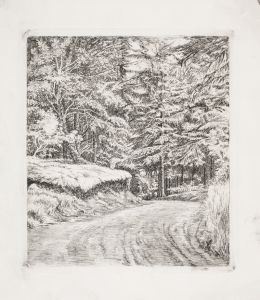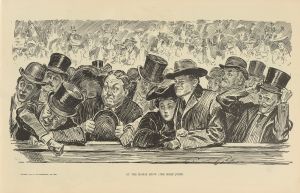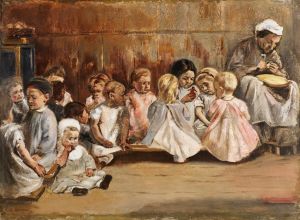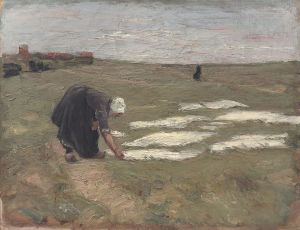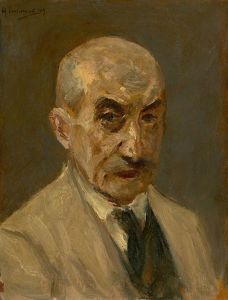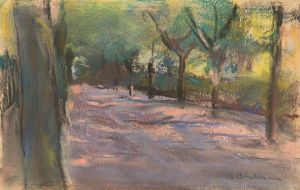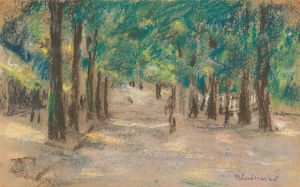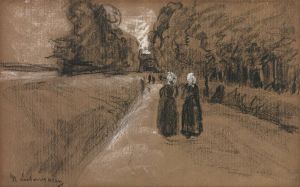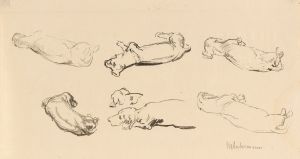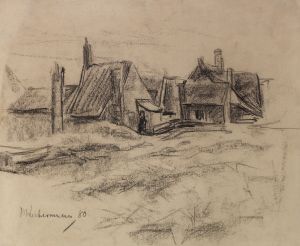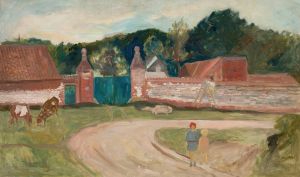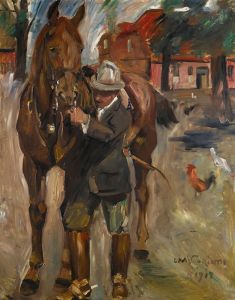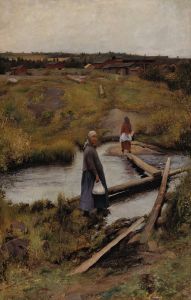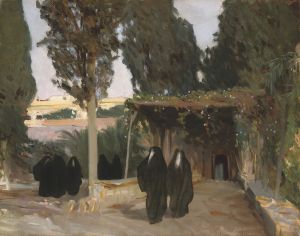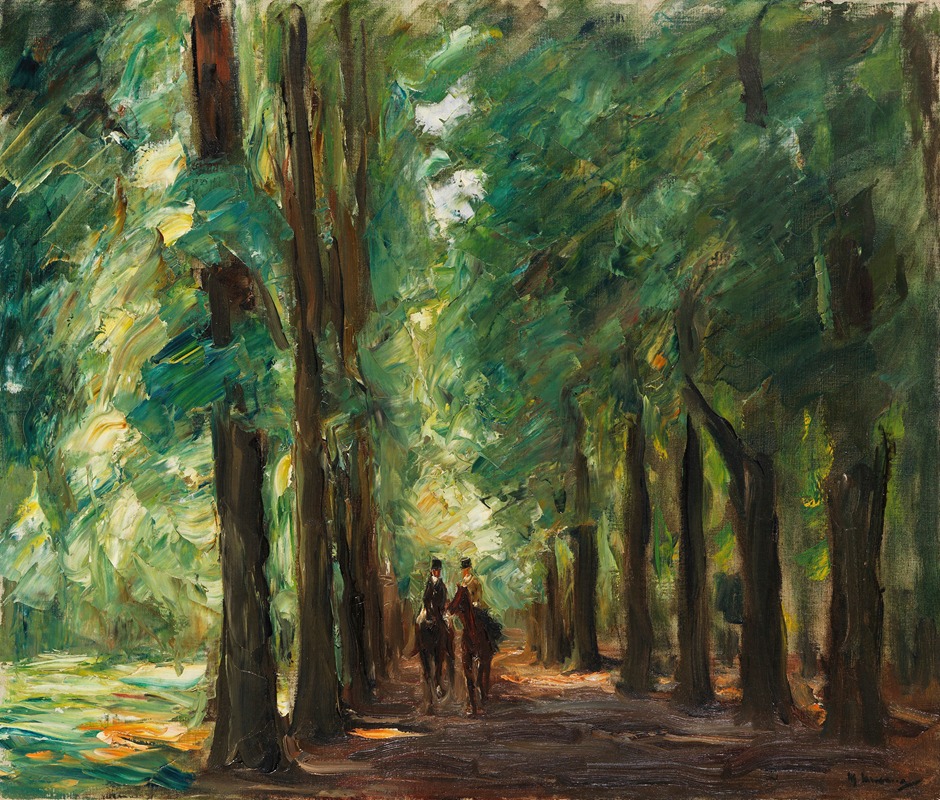
Zwei Reiter in der Allee bei Sakrow
A hand-painted replica of Max Liebermann’s masterpiece Zwei Reiter in der Allee bei Sakrow, meticulously crafted by professional artists to capture the true essence of the original. Each piece is created with museum-quality canvas and rare mineral pigments, carefully painted by experienced artists with delicate brushstrokes and rich, layered colors to perfectly recreate the texture of the original artwork. Unlike machine-printed reproductions, this hand-painted version brings the painting to life, infused with the artist’s emotions and skill in every stroke. Whether for personal collection or home decoration, it instantly elevates the artistic atmosphere of any space.
"Zwei Reiter in der Allee bei Sakrow" (Two Riders on the Avenue near Sakrow) is a notable painting by the German artist Max Liebermann, created in 1924. Liebermann, born on July 20, 1847, in Berlin, was a leading figure in the German Impressionist movement and one of the most influential artists of his time. His works often depicted scenes of everyday life, landscapes, and portraits, characterized by loose brushwork and a keen observation of light and atmosphere.
The painting "Zwei Reiter in der Allee bei Sakrow" captures a serene and picturesque moment, featuring two riders on horseback traveling down a tree-lined avenue. The scene is set near Sakrow, a small village located in the vicinity of Berlin. The composition is notable for its use of light and shadow, creating a dappled effect on the ground and the foliage, which is a hallmark of Liebermann's impressionistic style.
In this work, Liebermann demonstrates his mastery of capturing the transient effects of light and the natural beauty of the landscape. The riders, though central to the composition, are rendered with a sense of movement and fluidity, blending harmoniously with their surroundings. The trees, with their tall, slender trunks and lush canopies, create a rhythmic pattern that guides the viewer's eye through the painting.
Max Liebermann was deeply influenced by the French Impressionists, particularly Édouard Manet and Claude Monet, whose works he encountered during his travels to Paris. This influence is evident in "Zwei Reiter in der Allee bei Sakrow," where Liebermann employs a similar approach to capturing the fleeting moments of everyday life and the interplay of light and color.
Throughout his career, Liebermann faced significant challenges, particularly during the rise of the Nazi regime in Germany. As a prominent Jewish artist, he was subjected to increasing persecution and his works were labeled as "degenerate art" by the Nazis. Despite these hardships, Liebermann continued to paint and remained an important figure in the German art scene until his death on February 8, 1935.
"Zwei Reiter in der Allee bei Sakrow" is housed in the collection of the Neue Nationalgalerie in Berlin, which holds an extensive collection of modern art. The painting is celebrated for its technical brilliance and its ability to evoke a sense of tranquility and harmony with nature. It remains one of Liebermann's most beloved works, reflecting his enduring legacy as a master of German Impressionism.





